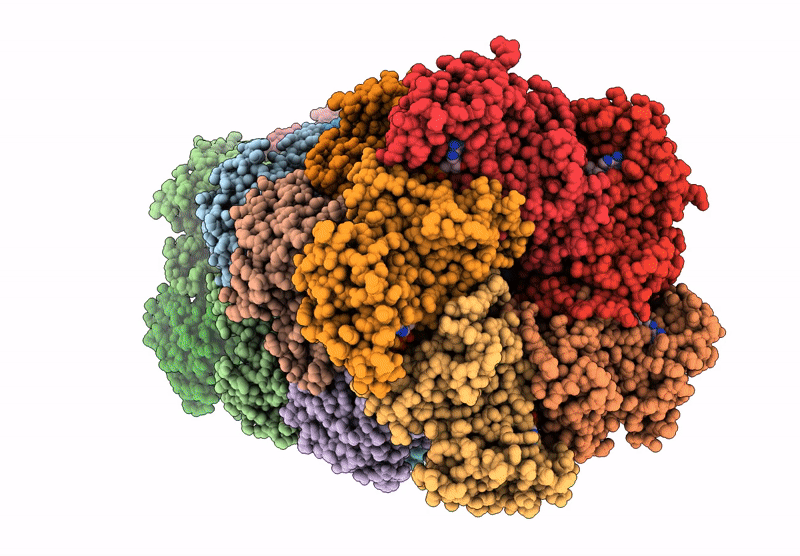
Deposition Date
2025-05-27
Release Date
2025-07-02
Last Version Date
2025-07-23
Method Details:
Experimental Method:
Resolution:
2.11 Å
Aggregation State:
FILAMENT
Reconstruction Method:
SINGLE PARTICLE


